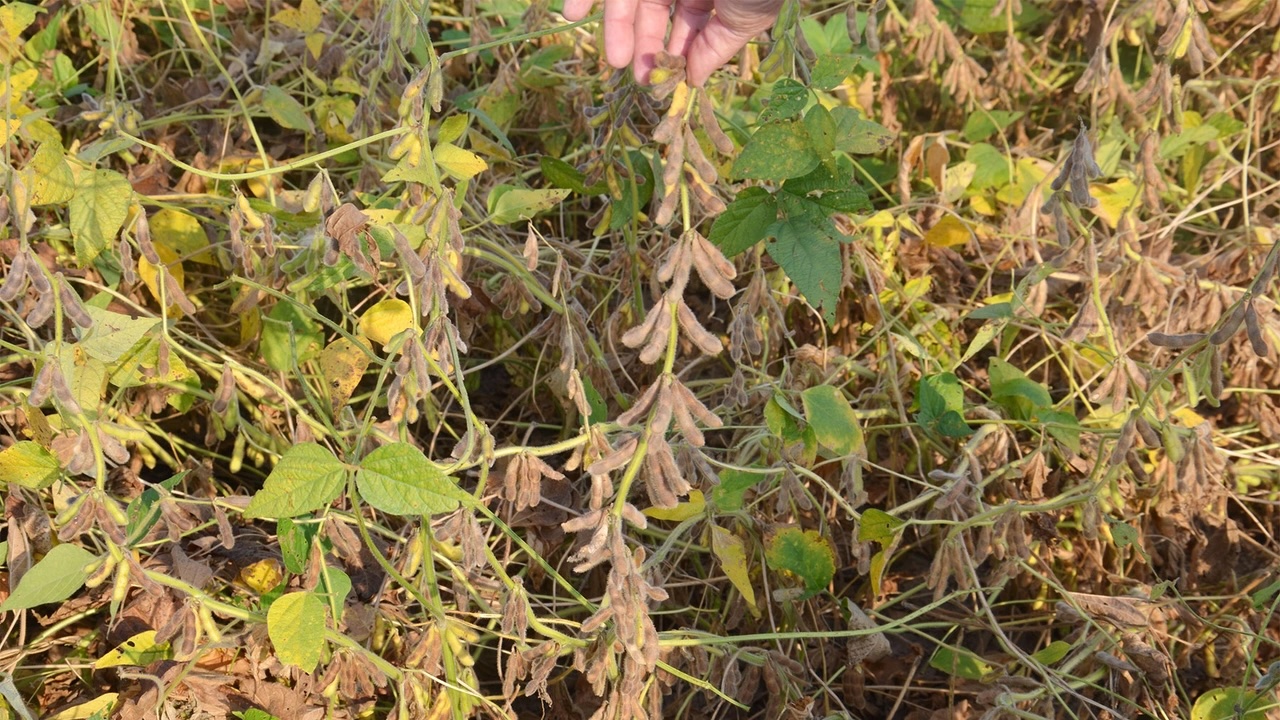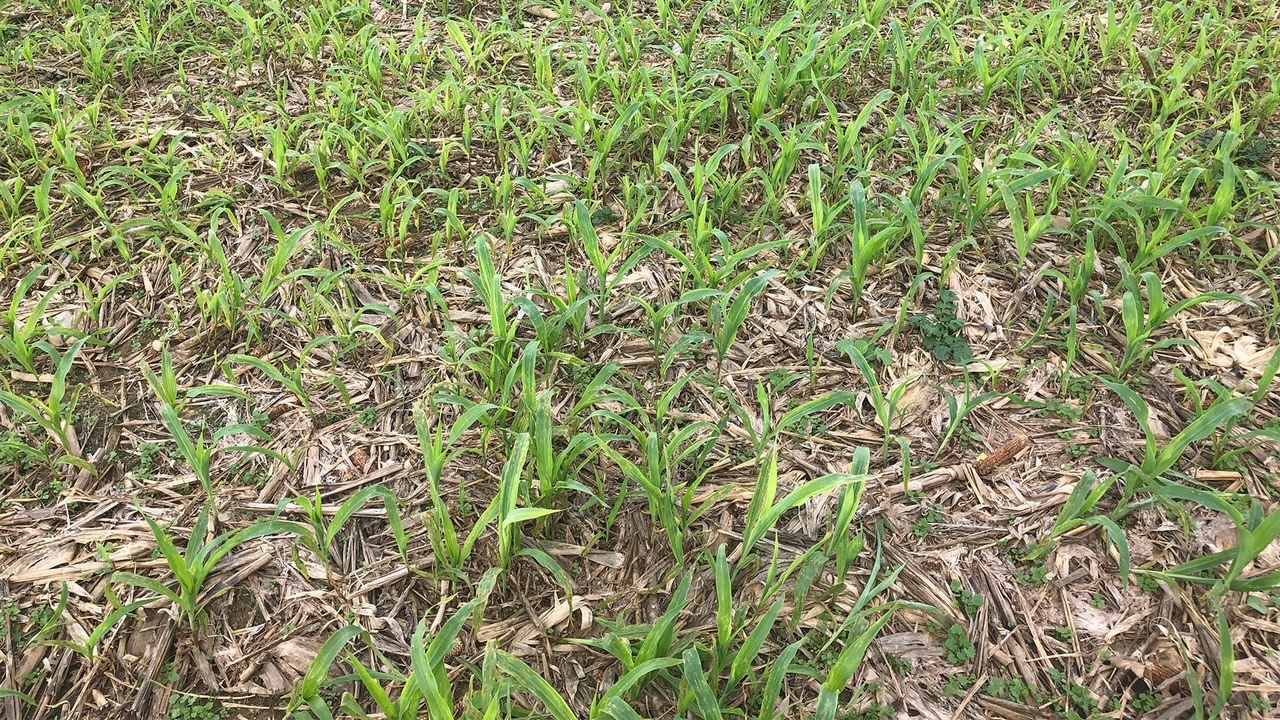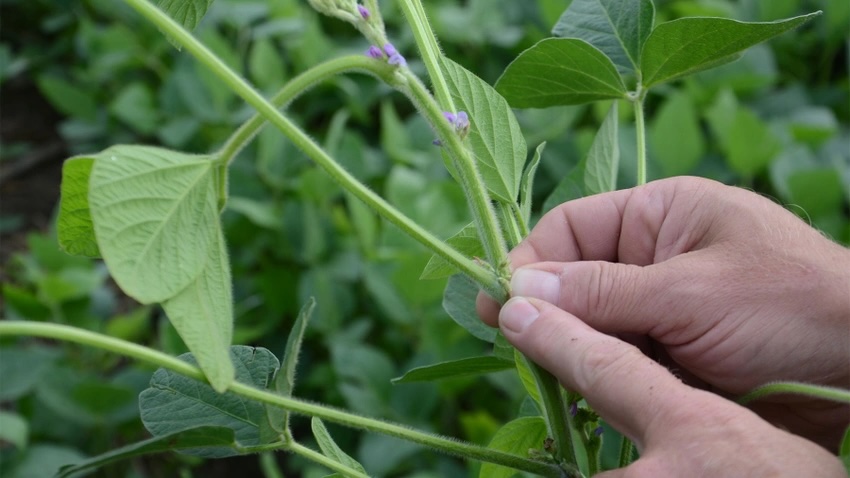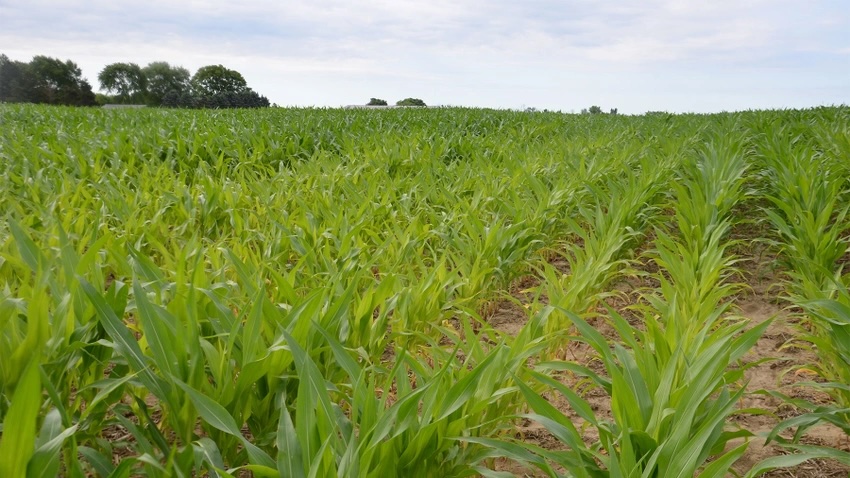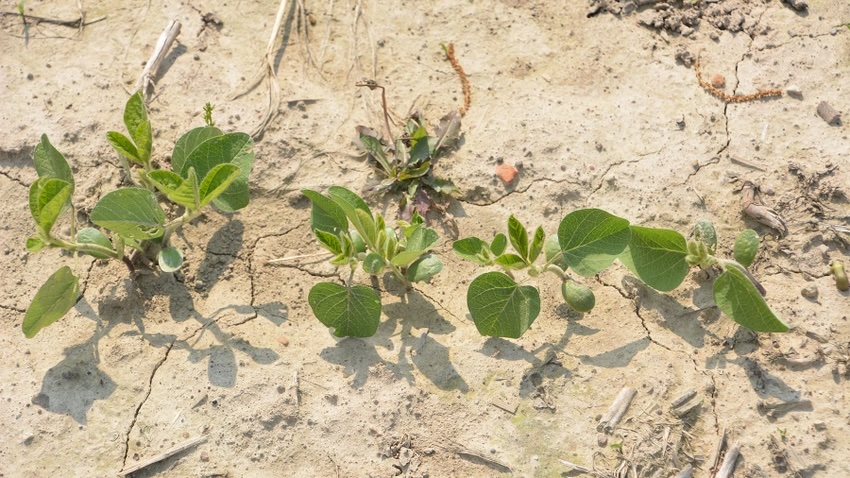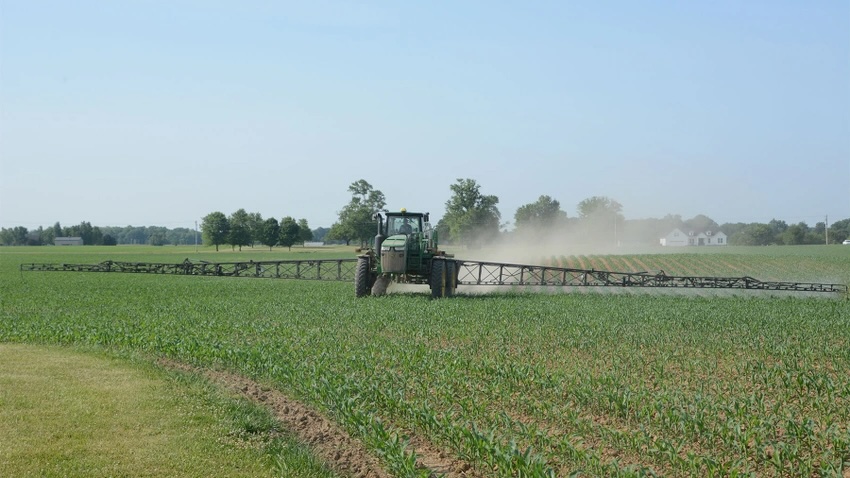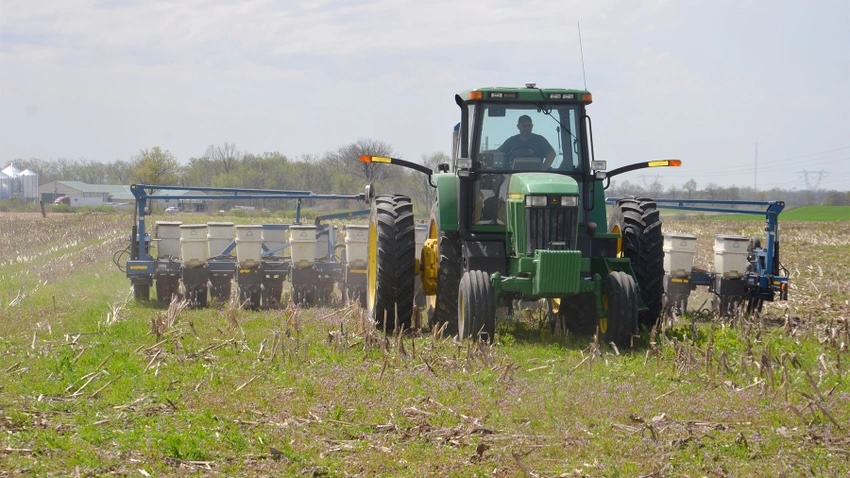Should you apply sulfur to soybeans?
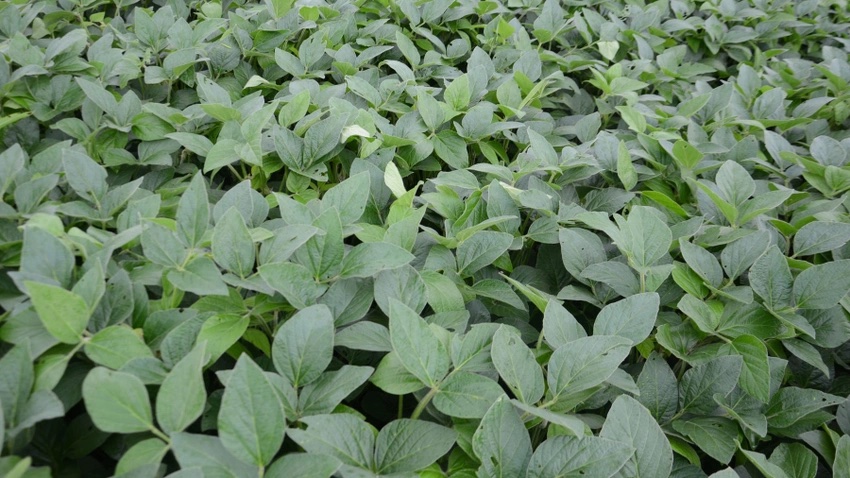
My son wants to try sulfur on soybeans this year. I agreed, but only for a few fields. I am watching the budget. How do we pick fields most likely to respond? What type of sulfur should we apply? How much and when?
The Indiana certified crop adviser panel answering this question includes Gene Flaningam, agronomist with Flaningam Ag Consulting LLC, Vincennes; Greg Kneubuhler, agronomist with G&K Concepts Inc., Harlan; and Troy Jenkins, agronomist with Ceres Solutions and 2022 CCA of the Year.
Flaningam: Sulfur response on soybeans will greatly depend upon the planting date and soil type. Low organic matter soils would respond better to sulfur applications. Sulfur is naturally mineralized from soil organic matter. Expect anywhere from 3 to 5 pounds of sulfur per percent of organic matter to be released yearly.
Material options include elemental sulfur at 15 to 20 pounds per acre, which needs to be fall-applied because it breaks down slowly; ammonium sulfate at 75 to 100 pounds per acre, spring-applied; and pelletized gypsum at 100 to 200 pounds per acre, also spring-applied. These are all dry materials that can be broadcast preemergence or topdressed using a high-clearance spinner at about the first stage of trifoliate development.
Liquid options would be using ATS in the 3- to 5-gallon-per-acre range, or 12-0-0-26 with a preemerge herbicide or applied at about the first trifoliate stage with streamer nozzles and diluted with water. Expect some foliar burn with the postemergence application of liquid ATS.
Kneubuhler: Sulfur has become more and more important as time goes on. We have been talking about sulfur for years now. After the Clean Air Act of 1998, our soil sulfur levels have continued to drop, and we have not been replacing it. Sulfur is an anion, so it doesn’t hang around long. So, annual applications are important to keep it in the system. Look at soil sulfur levels from your soil tests to identify the lowest fields first. Most generally, all soils are low at this point.
There are multiple options to chase sulfur, including ammonium sulfate, pelletized gypsum and elemental sulfur. It’s important to understand what form of sulfur you’re using and how to incorporate that into your system. A conversation with your CCA can help identify the best option for your system. We prefer most sulfur to be applied in the spring ahead of the crop to ensure it’s around for the season.
Jenkins: I recommend applying a sulfate form of sulfur on the earliest-planted soybean fields. Choose fields that stay cooler and wetter, as that is where organic sulfur is more likely released slowly. We see the greatest advantage to sulfur applications there. Applications to early-planted, low organic matter soils with less than 2% organic matter also have shown nice yield gains.
Apply close to planting or early after planting. Consider sulfate forms like ammonium sulfate, ammonium thiosulfate (before planting only), K-Mag or gypsum applied at rates of 15 to 20 pounds per acre of total sulfur. Use of elemental sulfur is not recommended, as it takes too long to activate.


